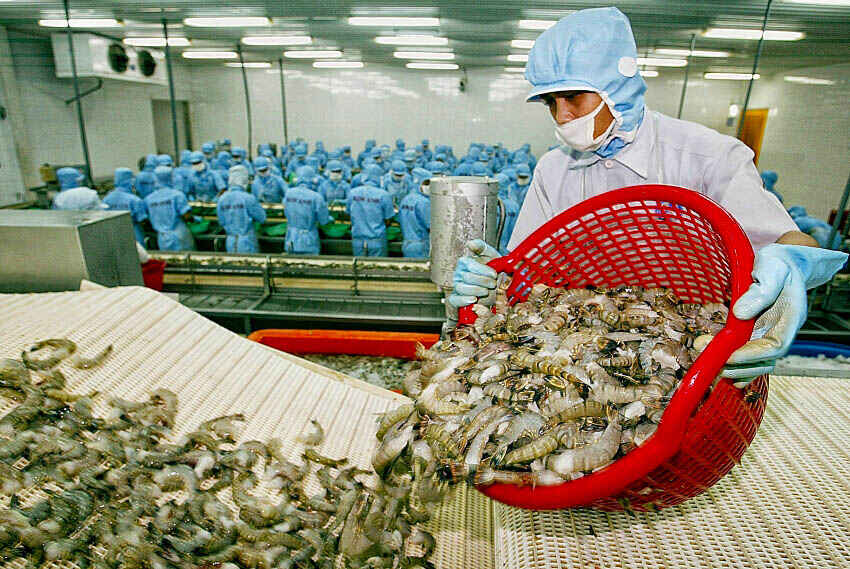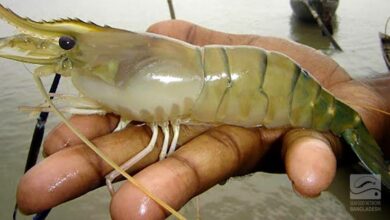
In the wake of a challenging period characterized by declining orders, the Vietnam seafood export industry is now experiencing a resurgence, thanks to a surge in year-end festive season orders since September. This revival is breathing new life into seafood producers and exporters.
Tran Anh Khoa, the General Director of Anh Khoa Seafoods, a prominent player in black tiger shrimp production and exports based in Ca Mau, reports that export markets have rekindled, with the Chinese market leading the charge in preparation for the year-end festivities. Notably, Chinese customers have been placing more orders compared to the same period last year, with a particular fondness for black tiger shrimps. Other critical markets, including Japan, the European Union, and the United States, have also shown signs of a rebound in orders.
Domestic firms are enthusiastic about the market’s warming trend, especially in the fourth quarter. This upturn in the industry could potentially translate into a substantial export revenue, with experts predicting that Vietnam may earn between USD $9.2 to $9.3 billion from the export of aquatic products this year.
Despite this promising outlook, some tra fish exporters in An Giang province have not been able to reap the benefits due to declining export prices. The situation has been a mixed bag for different segments of the seafood market.
According to data from the Vietnam Association of Seafood Exporters and Producers (VASEP), in September, Vietnam’s seafood exports amounted to 862 million USD, mirroring figures from the same period the previous year. Notable recoveries have been observed in the United States, China, and the European Union, with export numbers showing year-on-year increases ranging from 4% to 17%.
However, the overall export value of Vietnam seafood still lags behind. As of the end of September, the seafood export value was slightly over USD $6.6 billion, marking a 22% decline year on year.
In the first nine months of the year, shrimp exports, which account for a significant portion of the industry, have seen a 25% decrease in export revenue, amounting to USD $2.55 billion. Nonetheless, recent months have shown significant signs of recovery, driven by increasing demands in major markets such as the United States and China, as well as emerging opportunities in Japan, Australia, and Canada.
Simultaneously, the tuna export segment has made substantial progress, aligning closely with figures from the previous year, while fish exports have begun to gradually recover across various markets, including China, Mexico, Brazil, the Netherlands, the United Kingdom, and the United States, according to the VASEP’s observations.




